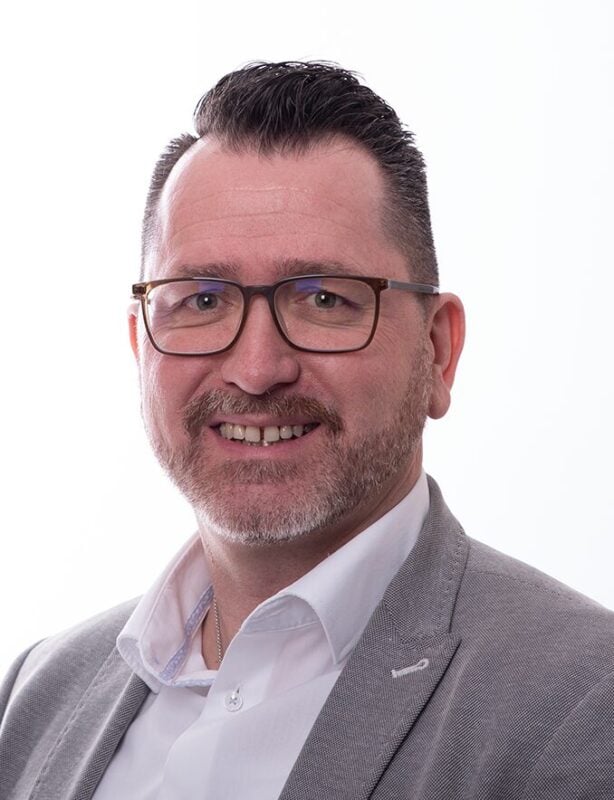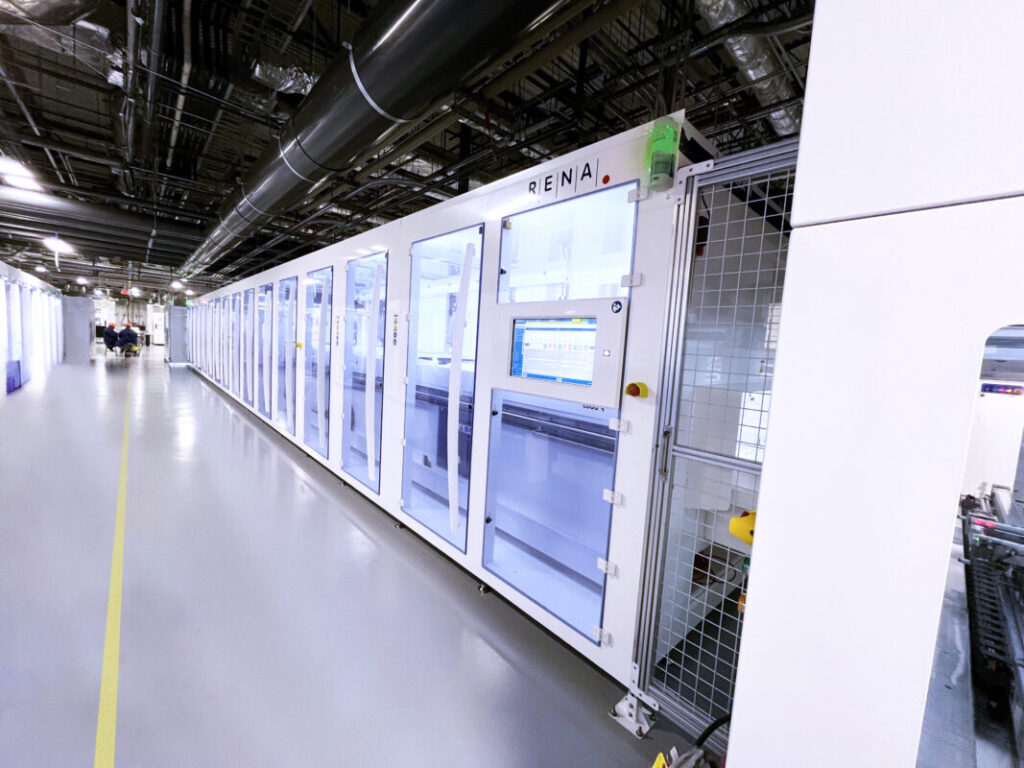
Amid the tumult of recent policy upheavals in the United States, it is easy to lose sight of the fact that, for now at least, demand for solar is strong. Projects have a shorter window in which to qualify for vital tax credits, but the uncertainty that prevailed after Donald Trump took office for his second presidential term has now been replaced by a clarity of sorts for the industry.
This is significant for all stages of the solar supply chain. Developers know how far they must progress projects and by when to achieve safe harbour for tax credit qualification. Greater certainty around end-market demand means manufacturers can move ahead with capacity expansion plans that had been on hold while the politics played out. And the equipment suppliers whose machines will be integral to those production lines will obviously benefit as the new facilities are ramped up.
Try Premium for just $1
- Full premium access for the first month at only $1
- Converts to an annual rate after 30 days unless cancelled
- Cancel anytime during the trial period
Premium Benefits
- Expert industry analysis and interviews
- Digital access to PV Tech Power journal
- Exclusive event discounts
Or get the full Premium subscription right away
Or continue reading this article for free
One of these is RENA Technologies, a German manufacturer specialising in wet processing equipment for solar cell production.
“Two years ago, there was a kind of gold rush in the US,” says Michael Vees, the company’s solar sales director, reflecting on the initial enthusiasm following supportive US policies. “The past two years, it was slowing down, but now companies at least know the circumstances and requirements they need to fulfil to receive funding from the government.”
RENA currently holds a significant footprint in the limited US cell manufacturing landscape, which currently stands at around 2GW. “Since there is just a very small amount of solar cell production in the US, we have 50% market share,” Vees notes, referencing the company’s equipment at one of the two operational facilities, Suniva’s 1GW PERC line in Georgia. The other is ES Foundry’s 1GW cell line in North Carolina, which we discussed in an earlier interview on PV Tech Premium.
The company is also supplying equipment to Silfab Solar for its TOPCon cell production line in South Carolina, which is currently ramping and is expected to begin operations by early 2026. It has also been shortlisted as a possible supplier of machinery for the 4GW TOPCon facility planned by Talon PV.
With the US having over 50 gigawatts of module production capacity but minimal domestic cell manufacturing, Vees sees inevitable growth ahead. “It has to start now,” he says. “There are so many limitations and restrictions on imports, but they need cells from somewhere, and the best would be from the domestic market. This needs to be coming very quickly.”
Indeed, Clean Energy Associates has estimated 13GW of new cell capacity will be online by the end of 2025. Vees puts it at a more modest 3-4GW, but clearly RENA and its fellow European PV equipment manufacturers see opportunities ahead from an uptick in US cell manufacturing. RENA was one of a number of European equipment manufacturers and PV technology companies that exhibited at the recent RE+ expo in Las Vegas and participated in a panel discussion exploring the opportunities for transatlantic cooperation between EU and US PV technology companies.
“There are many plans, a lot of announcements we’ve seen, but all these companies, especially the investors, the banks, the private equities, were really hesitant to release the money due to the uncertain future,” Vees says of the uncertainty prior to the signing of the “One, Big, Beautiful Bill” into law. “Now I think there are some good signs that things are really moving forward with some projects, even with some Asian companies wanting to establish their footprint here.”
Technology roadmap: TOPCon dominates, heterojunction resurfaces
RENA’s equipment supports multiple cell technologies, with TOPCon currently dominating demand. “For the US, I would say it’s 75% Topcon and 25% heterojunction,” Vees estimates. In Europe, TOPCon is the main focus, as is the case in India, where RENA is also an active player.
The patent environment in the US has created interesting dynamics. While some manufacturers like ES Foundry have opted for PERC technology to avoid potential IP issues, others are pursuing TOPCon with appropriate licensing. Interestingly, Vees notes a resurgence in heterojunction interest.
“There were heterojunction inquiries in 2022-23, then they disappeared. When the TOPcon IP discussion came up, they started coming back to heterojunction,” he explains, suggesting heterojunction might present fewer IP complications in the US market.
Looking further ahead, Vees identifies back-contact technology as the likely next evolution. “Companies are looking at time horizons of three to five years. They don’t say they’re producing TOPCon for 10 years—they see a change coming in three to five years.”
RENA is preparing for this transition, working closely with European research institutes. “From a TOPCon setup, machines can be upgraded for back-contact with some tweaks, retrofits, and additional machines, but most equipment can be reused,” Vees explains.
Beyond back-contact, tandem and perovskite technologies represent more fundamental shifts. “For perovskite, you need to start from scratch. There are two or three technological paths under investigation, some requiring explosion safety features. That would mean totally different machines. So that’s at early stage for us.”
Competing with Chinese equipment manufacturers
The competitive landscape for equipment suppliers has become increasingly complex, with tariffs and trade policies affecting market dynamics. “The main competition is in China,” Vees acknowledges, “but it depends on the markets and requirements of the end user.”
RENA’s advantage lies in producing both batch and inline tools needed for TOPCon production. While Chinese competitors often offer turnkey solutions, they’ve faced challenges entering the US market due to tariffs.
“During the Biden administration, it was a 10% import tax, and the Chinese were already at 30%,” Vees explains. The changing policies under different administrations have created uncertainty for investors.
If tariffs were to increase significantly, RENA could leverage its existing US presence. “We already have a site in the US where we produce semiconductor tools. If there’s growing demand and import taxes increase, it would be relatively fast for us to move production to the US,” Vees notes.
European solar manufacturing: quality and sustainability focus

European PV technology companies face significant challenges competing with Chinese manufacturers on scale and price. “We have the ideas, we bring up the new tools, maybe run a pilot line, but when it comes to high volume or mass production, we need more support from local governments,” Vees explains.
He believes European manufacturers should emphasise their quality and sustainability advantages. “There’s knowledge about quality differences between European-made products versus Asian-made products. This should be taken into account.”
A key selling point Vees highlights is that RENA’s equipment helps address environmental concerns by reducing wastewater and chemical usage. “Technology-wise, we really help to reduce wastewater,” he explains. “Since there is a zero liquid discharge regulation in the US and India, especially in desert areas, this is a very important topic coming up now. It’s not so much about the quality of the end product as the quality of the production.”
Similarly, RENA is seeking ways of using less harmful chemicals in its production processes. “We also help to use less chemicals,” Vees explains. “So we have exchanged one chemical with an ozone, for example, in a cleaning process. This is a detail, but it helps with quality in production, and of course also reduces the cost.”
Intellectual property battles ahead
A significant development Vees highlights is the increasing focus on intellectual property protection. “RENA is pushing hard not just on the IP side for the final product but also on the hardware side, on the machine side.”
While many Western equipment manufacturers didn’t take action during China’s manufacturing boom, the situation is different with emerging markets in India and the US. “Now we will not just sit and watch. We will fight for our IPs,” Vees states firmly. Earlier this year, RENA announced it was taking legal action over what it said was widespread infringement by mainly Chinese suppliers of its water cap patent, which protects the top surface during single-side etching of wafers in TOPCon and PERC cell production.
This stance reflects broader competitive dynamics. “Price-wise, we cannot compete. When we know this price is achieved with unfair activities, and they simply copy us, we need to stand tall and fight for what’s ours.”
As the US solar manufacturing ecosystem continues to develop, companies like RENA are positioning themselves at the intersection of technological innovation, sustainability and strategic market adaptation—ready to support the next generation of solar cell production with European engineering expertise.
US solar cell manufacturing will be examined at our PV CellTech USA conference in California on 7-8 October. For details and booking, click here. PV Tech readers can enjoy a 20% discount on conference registration using the code PVTech20.






